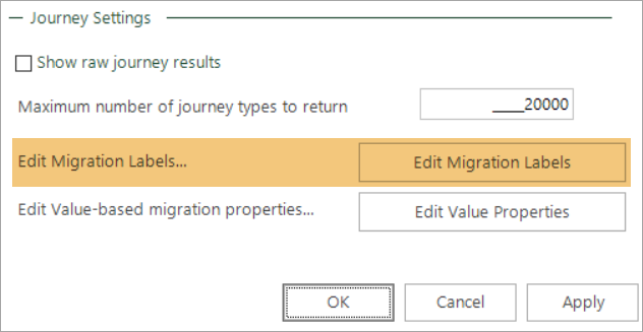Segment Definitions
Most segment selections that you create will be a Regular segment type of query. See How do I explore a segmentation change over time using fixed time points? for more information on creating these. However, when you are creating a segmentation, there are other query types that you may wish or need to use.
Segment equal to previous
Segments can be marked as being equal to the previous segment for the purposes of migration; movements between those segments are then identified as “Stay same”. For example, even though you may hierarchically prioritise your segment selections, you may consider it unimportant that a person has moved from segment 2 to 3, or vice versa. In such cases, the use of this option for the purposes of migration places those people into the “Stay same” group.
Not a Customer or Never a Customer
The option to define a segment as ‘Never a customer’ - often defined as people who have had no transactions before today - allows you to differentiate between acquisitions (completely new customers) and reacquisitions (previous customers, now returning).
Rules governing the validity of segment definitions
-
You can only define one ‘Not a Customer’ and one ‘Never a Customer’ segment within a segmentation.
-
You can create a segmentation without using a ‘Not a Customer’ or ‘Never a Customer’ segments but you cannot then identify acquired or lapsed customers.
-
You can only create general and specific migration reports with Fixed Time Points (Reporting Points) and not Elapsed Time Points.
-
You can only use the general and specific migration reports when the default setting to allow people to only be in one segment is in place.
Note: The option to override this default sits in the Segment Settings dialog:
-
- You can edit the default labels used to describe the migrations so that they best suit your business terminology. Select Edit Migration Labels in the Segment Settings dialog:
Return to:

